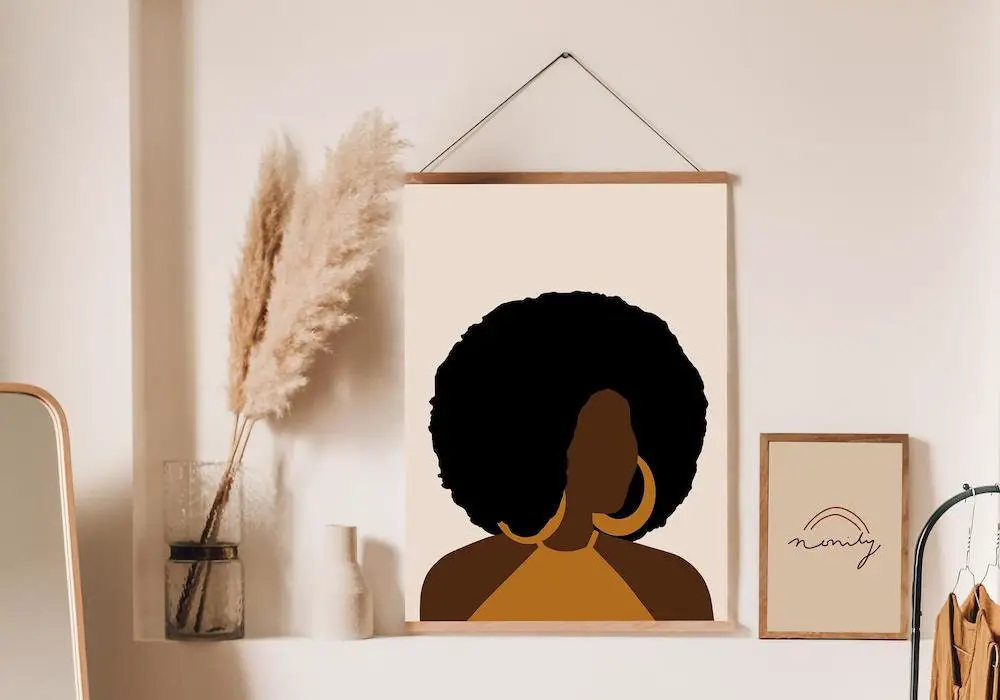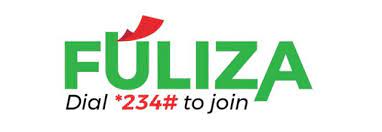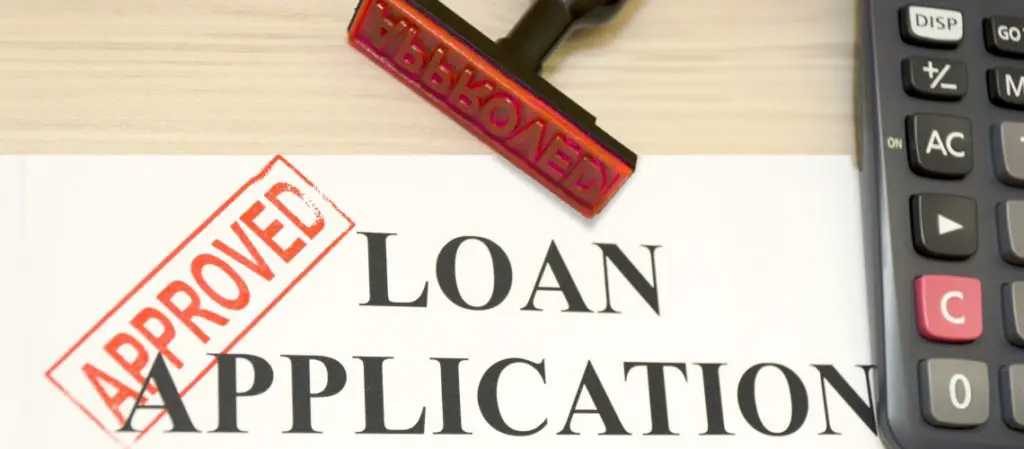If you have a passion for digital art and want to make a profitable career out of it, you may be wondering what the best ways are to create and sell your artwork in Kenya. With the rise of technology and e-commerce platforms, the opportunities for artists to showcase their talents and connect with potential buyers have never been greater. In this article, we will explore some effective strategies and platforms that can help you navigate the digital art market in Kenya, allowing you to reach a broader audience and maximize your artistic potential. Whether you’re a seasoned artist or just starting out, there’s no better time to unlock the vast potential of the digital art industry in Kenya.
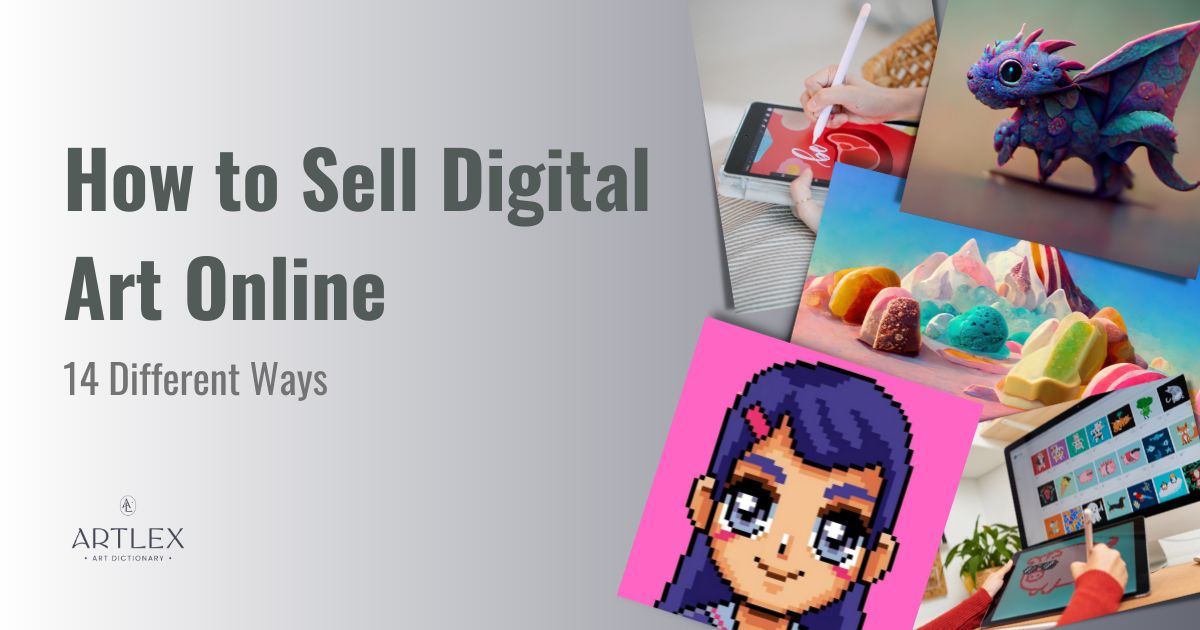
This image is property of www.artlex.com.
Choosing a Digital Art Medium
Considering your artistic vision
When choosing a digital art medium, it is important to first consider your artistic vision. What type of art do you want to create? Are you more inclined towards realistic or abstract art? Do you have a specific style or theme in mind? Understanding your artistic vision will help you narrow down the digital art mediums that align with your creative goals.
Assessing your technical skills
Before delving into any specific digital art medium, it is essential to assess your technical skills. Different art mediums require different levels of proficiency, and it is crucial to choose one that matches your current expertise. If you are a beginner, starting with a simpler digital art medium may be more appropriate, while advanced artists can explore more complex techniques. Remember, it’s okay to start with the basics and gradually develop your skills over time.
Exploring different digital art mediums
There are numerous digital art mediums available, each with its unique features and advantages. Some popular digital art mediums include digital painting, vector art, photo manipulation, 3D modeling, and animation. Take the time to explore these mediums and experiment with various techniques to see which ones resonate with you. Trying different digital art mediums can also help you discover new creative possibilities and expand your artistic horizons.
Selecting the most suitable medium for your art
After considering your artistic vision, assessing your technical skills, and exploring different digital art mediums, it’s time to select the most suitable medium for your art. Consider factors such as your preferred style, the level of control you want over your artwork, and the type of projects you envision yourself working on. Finding the right digital art medium will not only enhance your creative process but also ensure that you can fully express your artistic vision.
Developing Digital Art Skills
Learning digital art techniques
Once you have chosen a digital art medium, it is crucial to invest time in learning the necessary techniques. Take advantage of the vast array of resources available, such as online tutorials, courses, and books, that focus specifically on your chosen medium. Familiarize yourself with the various tools and features of the software or hardware you will be using and practice applying different techniques to your artwork.
Attending workshops and art classes
Attending workshops and art classes can be immensely beneficial in developing your digital art skills. Look for local art schools, community centers, or online platforms that offer digital art classes or workshops. These structured learning environments provide opportunities to receive guidance from experienced instructors, receive feedback on your work, and interact with fellow artists. Collaborating and learning from others can greatly enhance your artistic growth.
Joining online learning platforms
In addition to traditional workshops and classes, there are numerous online learning platforms specifically tailored to digital art education. These platforms offer a wide range of courses and tutorials taught by industry professionals. The flexibility of online learning allows you to access resources at your own pace and convenience. Take advantage of these platforms to continuously expand your knowledge and skills in digital art.
Practicing regularly and experimenting
Consistent practice is key to improving your digital art skills. Set aside dedicated time each day or week to create new artwork, experiment with different techniques, and refine your abilities. Through regular practice, you will not only become more proficient in your chosen digital art medium but also discover new approaches and styles that are unique to you. Embrace experimentation and don’t be afraid to push the boundaries of your creativity.
Seeking mentorship from experienced artists
Connecting with experienced artists in your chosen digital art medium can provide valuable insights and guidance. Seek out mentorship opportunities through local artist associations, online forums, or social media groups. Experienced artists can offer constructive feedback, share their techniques and processes, and provide support and encouragement along your artistic journey. Learning from someone with firsthand experience can accelerate your growth as a digital artist.
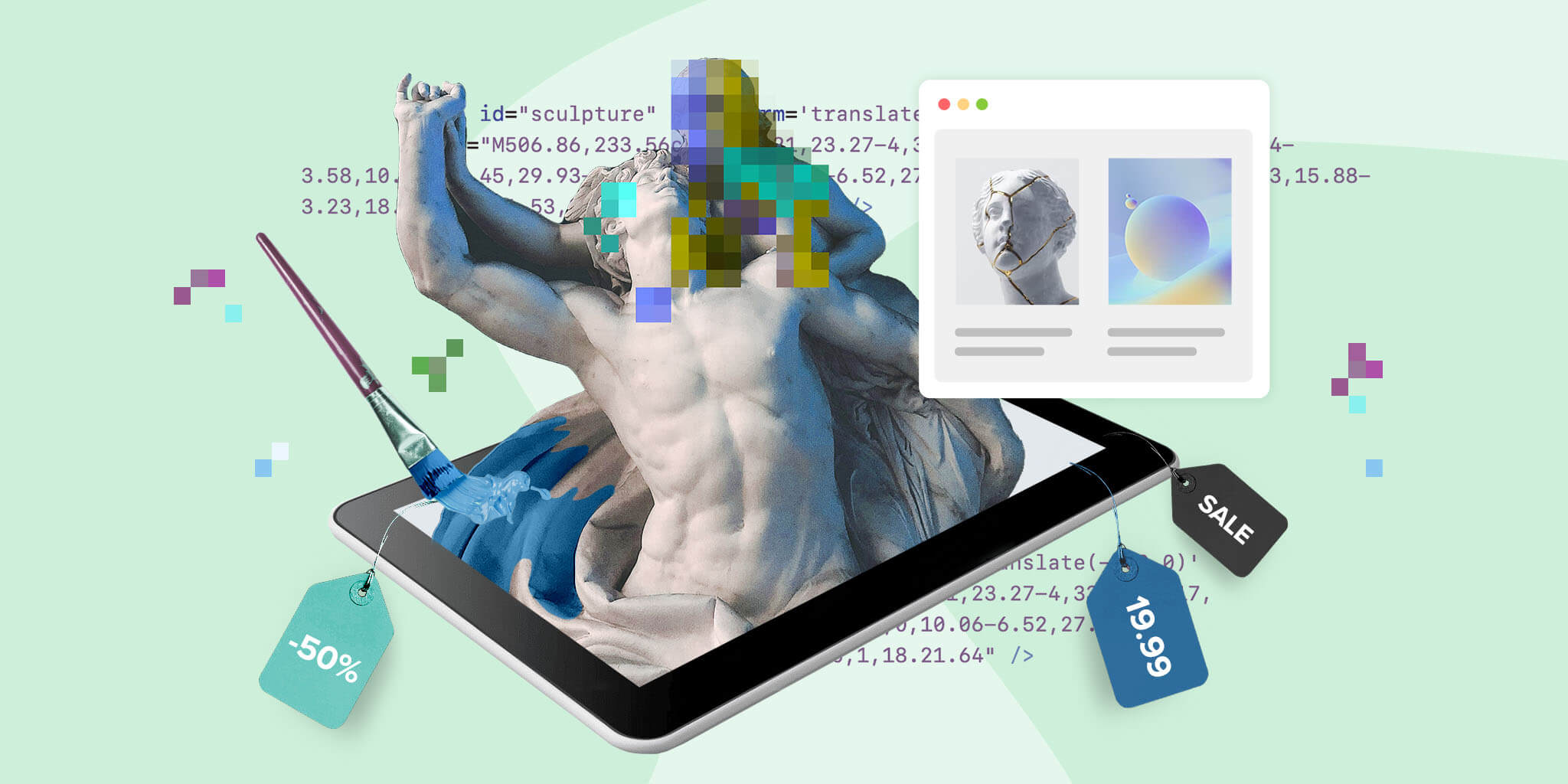
This image is property of blog.sellfy.com.
Investing in Equipment and Software
Choosing the right digital drawing tablet
A digital drawing tablet is an essential tool for creating digital art. When selecting a tablet, consider factors such as the size and resolution of the display, pressure sensitivity, and compatibility with your chosen software. It’s important to find a tablet that feels comfortable and intuitive to use, as this will significantly impact your drawing experience. Research different brands and models, read reviews, and if possible, try out different tablets before making a purchase.
Considering additional hardware requirements
In addition to a digital drawing tablet, there may be other hardware requirements depending on the specific digital art medium you choose. For example, if you plan on creating 3D models or animations, a powerful computer with ample processing power and memory is essential. Similarly, if you want to incorporate traditional art techniques into your digital workflow, you may need a scanner or a high-quality camera. Assess the hardware requirements of your chosen medium and invest in the necessary equipment accordingly.
Exploring digital art software options
Choosing the right digital art software is crucial for creating and editing artwork. There are a variety of software options available, ranging from free to premium, each with its own features and capabilities. Some popular digital art software includes Adobe Photoshop, Corel Painter, Procreate, and Clip Studio Paint. Consider factors such as the user interface, available tools, compatibility with your hardware, and the specific features that align with your artistic goals. You may also want to trial different software before making a final decision.
Investing in a high-quality computer or laptop
A high-quality computer or laptop is essential for running digital art software smoothly. Depending on the complexity of your projects, you may need a computer with a powerful processor, sufficient RAM, and a dedicated graphics card. It is also important to ensure that your computer’s specifications are compatible with the digital art software you plan to use. Investing in a reliable and capable computer will not only enhance your artistic workflow but also ensure that your projects are completed efficiently.
Exploring Digital Art Marketplaces
Researching popular online art platforms
When it comes to selling your digital art, online art platforms provide a convenient and accessible avenue. Research popular online art platforms to understand their reach, user demographics, and the types of artwork that are in high demand. Some well-known online art platforms include Etsy, Society6, Fine Art America, and Redbubble. Familiarize yourself with the features and services each platform offers to determine which aligns best with your artistic goals and target audience.
Choosing platforms with a local presence in Kenya
For artists in Kenya, it can be beneficial to choose online art platforms with a local presence. These platforms cater specifically to the Kenyan market and may offer additional services or features tailored to the local art scene. Look for platforms that promote and support Kenyan artists, as they can provide opportunities for exposure and networking within the local art community. Researching local online art platforms can also help you connect with fellow Kenyan artists and potential buyers.
Understanding marketplace fees and commission structures
Before listing your artwork on any online art platform, it is important to understand the fees and commission structures associated with each platform. Different platforms have varying fee structures, which may include listing fees, transaction fees, and commission percentages on each sale. Take the time to read and understand the terms and conditions of each platform to ensure that you are comfortable with the financial implications. Additionally, compare the fees and commission rates across different platforms to choose the one that offers the best value for your artwork.
Analyzing previous successful digital art sales on platforms
To maximize your chances of success on online art platforms, take the time to analyze previous successful digital art sales. Look for patterns in the types of artwork that sell well, the pricing strategies used by successful artists, and the promotional techniques they employ. Understanding what resonates with buyers and the factors that contribute to successful sales can inform your own approach. Additionally, pay attention to customer reviews and feedback to gain insights into what buyers value in digital art.

This image is property of blog.sellfy.com.
Building an Online Presence
Creating a professional artist website
Having your own professional artist website is essential for building an online presence and showcasing your artwork. Your website serves as a central hub where potential buyers and art enthusiasts can learn more about you and your art. Ensure that your website is visually appealing, user-friendly, and showcases your artwork effectively. Include an about me page, a portfolio of your best work, a contact page, and any additional information that accurately represents your artistic identity.
Optimizing your online portfolio
Your online portfolio is a valuable tool for attracting potential buyers and showcasing your talent. Strive to create a cohesive and visually appealing portfolio that effectively highlights your best artwork. Organize your artwork into categories or series to make navigation easier for visitors. Include high-resolution images, detailed descriptions, and any relevant information about the techniques and inspiration behind each piece. Regularly update your portfolio with new artwork to keep it fresh and engaging.
Using social media to showcase your artwork
Leverage the power of social media platforms to reach a wider audience and showcase your artwork. Create accounts on platforms such as Instagram, Facebook, Twitter, and Pinterest, and regularly post your artwork along with engaging captions. Use relevant hashtags to increase your visibility and actively engage with your followers and other artists in the community. Social media can serve as a valuable promotional tool and allow you to connect with potential buyers, fellow artists, and art communities.
Engaging with potential buyers and art communities
Building an online presence goes beyond simply showcasing your artwork; it also involves actively engaging with potential buyers and art communities. Respond to comments and messages promptly, participate in discussions, and provide insights into your creative process. Actively seek out art communities and groups to join, both locally and internationally, to expand your network and connect with like-minded individuals. Engaging with others can lead to collaborations, valuable feedback, and exposure to new opportunities.
Networking within the Art Community
Attending art exhibitions and events
Attending art exhibitions and events is a valuable way to network within the art community. Keep an eye out for local art exhibitions, art fairs, and gallery openings in your area. Engage with fellow artists, art enthusiasts, gallery owners, and potential buyers who attend these events. Participate in discussions, ask questions, and exchange contact information to establish connections. Building personal relationships within the art community can lead to collaborations, exhibition opportunities, and word-of-mouth recommendations.
Joining local artist associations and organizations
Joining local artist associations and organizations provides a platform for networking with other artists and accessing valuable resources. Research and join reputable artist associations and organizations in Kenya that align with your artistic focus or medium. These associations often offer networking events, workshops, and mentorship programs, which can enhance your artistic skills and expose you to new opportunities. Actively participate in association activities and take advantage of the connections and support they provide.
Participating in art collaborations and group projects
Collaborating with fellow artists on art projects or group exhibitions is an excellent way to network within the art community. Seek out opportunities to collaborate with artists whose work complements yours or resonates with your artistic vision. Collaborative projects not only allow you to learn from others but also expose your artwork to new audiences who may not have discovered your work otherwise. Actively seek out collaboration opportunities and be open to new ideas and artistic influences.
Connecting with art influencers and bloggers
Art influencers and bloggers have a significant presence in the digital art community and can help promote your artwork to a wider audience. Identify influential art bloggers or social media accounts that align with your artistic style and connect with them. Engage with their content by commenting, sharing, and tagging them when appropriate. Building relationships with art influencers and bloggers can lead to features, collaborations, and increased exposure for your artwork.
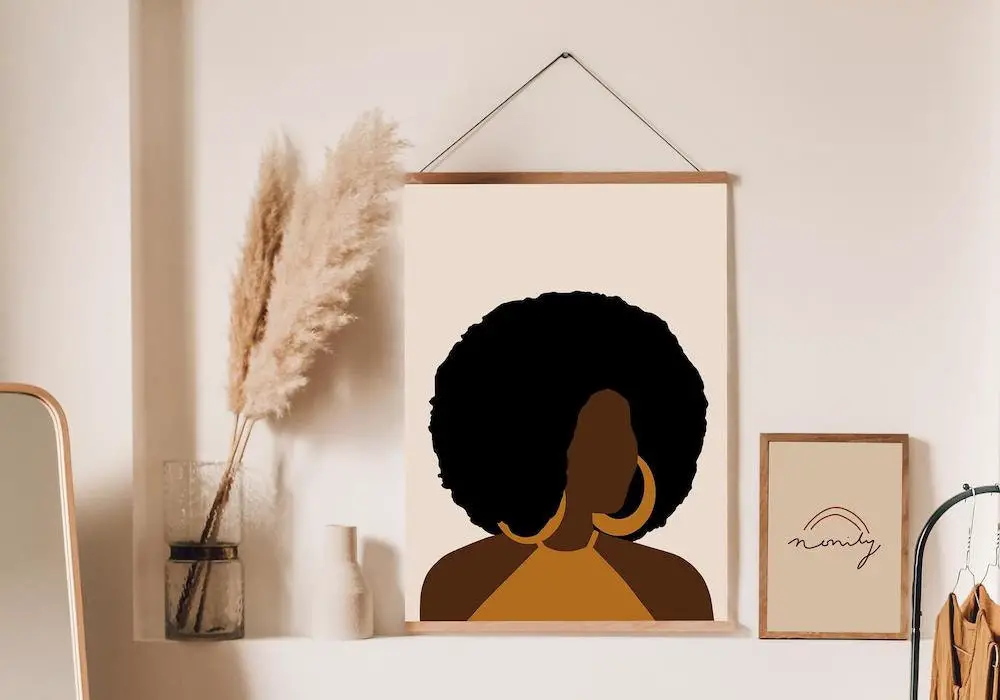
This image is property of i.etsystatic.com.
Pricing and Marketing Your Artwork
Determining the value of your digital art
Determining the value of your digital art is a crucial step in pricing your artwork. Consider factors such as the complexity of the artwork, the time and effort invested, your artistic reputation, and the demand for similar artwork in the market. Research the pricing strategies used by artists in the digital art market and evaluate the market demand for your specific niche. Balancing these factors will help you determine a reasonable and competitive price for your digital art.
Researching pricing strategies in the digital art market
To effectively market and sell your digital art, it is essential to research and understand pricing strategies in the digital art market. Analyze the prices of similar artwork across different online platforms, consider the target market for your artwork, and gauge the buying power of potential customers. Experiment with different pricing strategies, such as limited editions or tiered pricing, to find the approach that works best for your art and aligns with your artistic goals.
Creating a compelling artist statement and descriptions
Accompanying your artwork with a compelling artist statement and descriptions can significantly enhance its appeal to potential buyers. Your artist statement should communicate your artistic vision, inspirations, and the concepts behind your artwork. Craft concise and engaging descriptions for each artwork that provide insights into your process, techniques used, and any significant meaning or emotions conveyed. These written elements add depth to your artwork and help potential buyers connect with your artistic journey.
Utilizing online marketing techniques
To effectively market your digital art, it is important to utilize online marketing techniques. This includes optimizing your website and online portfolio for search engines, creating email newsletters to keep followers updated on new artwork and exhibitions, and using paid advertising strategies on platforms like social media or art-specific websites. Utilize social media platforms to share your artwork, engage with your audience, and promote your online presence. Explore digital marketing courses or resources to learn effective marketing strategies specific to the art industry.
Promoting your artwork through collaborations
Collaborating with other artists or partnering with art-related organizations can provide valuable opportunities for promoting your artwork. Seek out collaborations that align with your artistic vision or explore partnerships with brands, businesses, or nonprofits that share similar values. Collaborative projects or partnerships can lead to joint marketing efforts, shared audiences, and increased exposure for your artwork. Actively seek out opportunities for collaboration and leverage the collective reach and influence of the collaborative entities.
Protecting Your Digital Art
Understanding copyright and intellectual property laws
Protecting your digital art involves understanding copyright and intellectual property laws. Familiarize yourself with the copyright laws specific to your country, such as the Copyright Act in Kenya, and the international copyright laws that may apply. Copyright automatically protects original works of authorship, including digital art, from the moment they are created. However, registering your artwork with copyright authorities provides additional legal protection and strengthens your ability to enforce your rights in case of infringement.
Watermarking and adding metadata to your art files
Watermarking your digital art is a common practice to deter unauthorized use and protect your artwork from being claimed or misused. Consider adding a subtle watermark to your digital art files without compromising the visibility and appeal of your artwork. Additionally, embedding metadata in your files can provide valuable information about the artwork’s copyright, authorship, and contact information. This metadata serves as proof of ownership and acts as a digital fingerprint for your artwork.
Registering your artwork with copyright authorities
To further protect your digital art, consider registering your artwork with copyright authorities, such as the Kenya Copyright Board. Registering your artwork provides additional legal protection, establishes a public record of your copyright ownership, and allows for easier enforcement of your rights in case of infringement. While copyright automatically protects your artwork, registration strengthens your ability to defend your copyright and pursue legal action if needed.
Choosing secure digital storage and backup solutions
Digital art files are valuable assets that need to be protected from loss, damage, or theft. Choose secure digital storage and backup solutions to ensure the safety and longevity of your artwork. Consider utilizing cloud storage services, external hard drives, or dedicated servers to store your digital art files. Make it a regular practice to back up your files and maintain multiple copies stored in different locations to mitigate the risk of data loss. Remember to also implement secure measures such as strong passwords and data encryption for added protection.
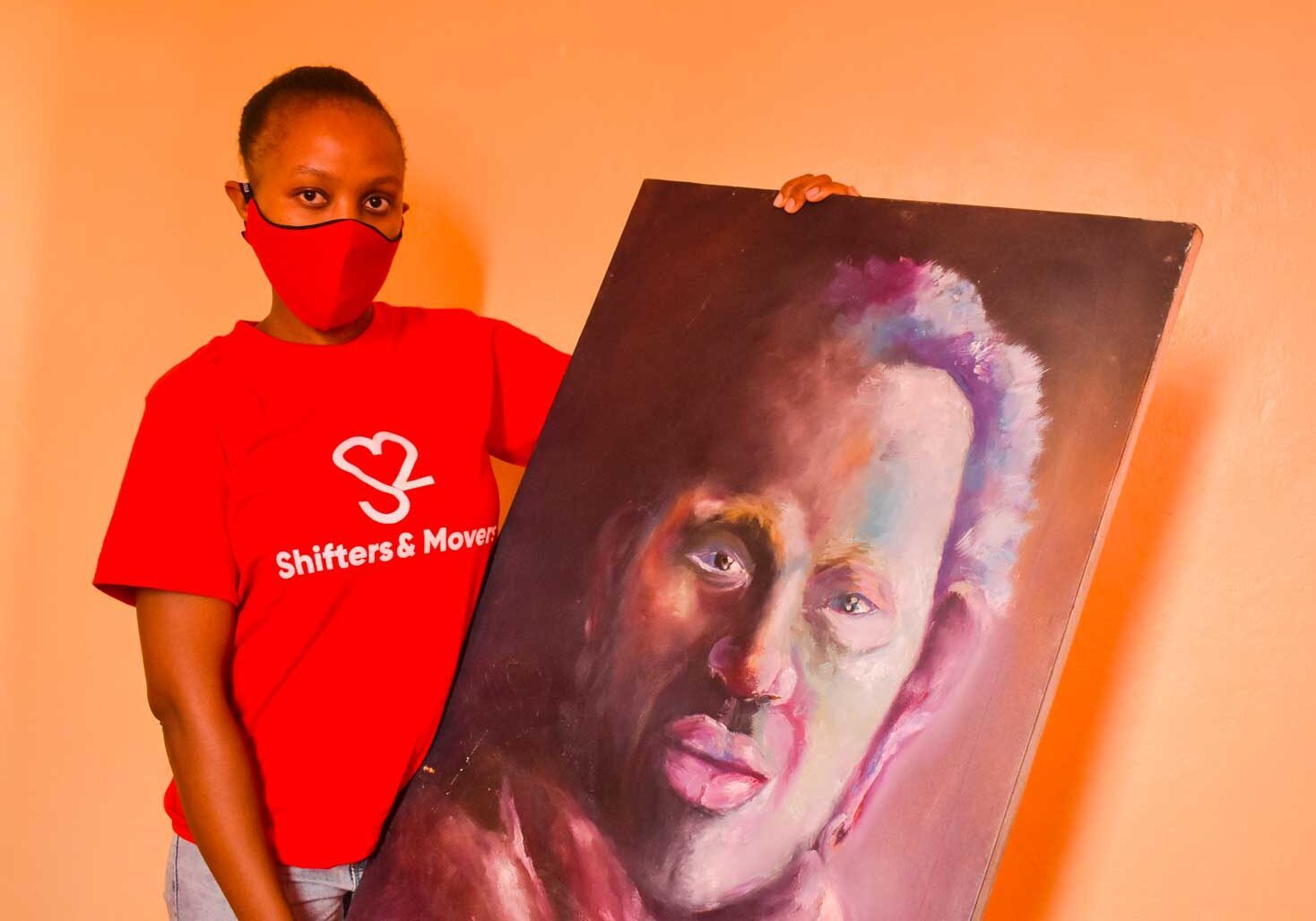
This image is property of shiftersmovers.com.
Collaborating with Other Artists and Industries
Exploring collaborative art projects and commissions
Collaborating with other artists can expand your artistic horizons and provide opportunities for joint projects or commissions. Seek out artists whose work complements yours or aligns with your artistic vision. Collaborative art projects can result in unique and dynamic artwork that combines the talents and styles of multiple artists. Additionally, consider accepting commissions from clients in various industries such as graphic design, game development, or filmmaking. Working on commissioned projects allows you to explore new creative directions while earning income from your art.
Partnering with graphic designers, game developers, and filmmakers
Partnering with professionals in related industries, such as graphic designers, game developers, and filmmakers, can open doors to exciting opportunities. These collaborations can involve creating artwork for branding, illustrations for video games, or contributing to film productions. Building relationships with individuals and companies in these industries can lead to long-term partnerships, exposure to new audiences, and access to commercial art opportunities. Explore online communities, attend relevant industry events, and actively seek out collaboration opportunities.
Connecting with brands and businesses for commercial art opportunities
Connecting with brands and businesses that align with your artistic style can lead to commercial art opportunities. Research organizations, companies, or social initiatives that resonate with your values and artistic vision. Reach out to them with a professional proposal or showcase your portfolio to demonstrate how your artwork can enhance their branding or marketing efforts. Commercial art opportunities can range from creating illustrations for advertising campaigns to designing merchandise for a brand. Build relationships with brands and businesses to establish long-term partnerships in the commercial art sector.
Evaluating and Adapting Your Strategies
Monitoring and analyzing your sales and marketing efforts
Regularly monitor and analyze the outcomes of your sales and marketing efforts. Keep track of the platforms or channels that generate the most sales, analyze customer feedback and preferences, and assess the effectiveness of different marketing strategies. Use analytics tools, such as website traffic data or social media insights, to gain insights into your audience’s behavior and preferences. By staying informed about the performance of your sales and marketing efforts, you can make informed decisions and optimize your strategies for better results.
Collecting feedback from buyers and peers
Collecting feedback from buyers and peers is a valuable source of insight for improving your artwork and business strategies. Encourage customers to provide feedback on their experience purchasing your digital art. Actively seek feedback from fellow artists, mentors, or members of art communities to gain constructive criticism and different perspectives. Use this feedback to refine your techniques, identify areas for improvement, and adapt your strategies accordingly. Remember, feedback is an opportunity for growth and learning.
Continuously improving your artistic skills and techniques
As a digital artist, it is essential to continuously improve your artistic skills and techniques. Keep up with the latest trends in the digital art world, explore new artistic approaches, and challenge yourself to learn new tools or software. Participate in online challenges or competitions that push your creative boundaries and expose you to different artistic styles. Attend workshops or take courses to learn from experts in your chosen digital art medium. Embrace a growth mindset and continually seek opportunities to enhance your skills.
Being open to adapting new trends and technologies
The world of digital art is ever-evolving, with new trends and technologies emerging constantly. Be open to embracing these changes and adapting to new techniques or tools that come your way. Stay informed about advancements in digital art software, hardware, and emerging art mediums. Experiment with incorporating new trends or technologies into your artwork to keep it fresh and appealing to a wide range of audiences. Remaining open and adaptable to new trends and technologies will help you stay at the forefront of the digital art industry.
In conclusion, creating and selling digital art in Kenya requires a careful consideration of various factors. From selecting the right digital art medium to building an online presence and networking within the art community, each step plays a crucial role in establishing a successful career as a digital artist. By continuously improving your skills, utilizing effective marketing strategies, and protecting your artwork, you can navigate the digital art market in Kenya and seize opportunities to showcase your talent, connect with art enthusiasts, and achieve commercial success.

